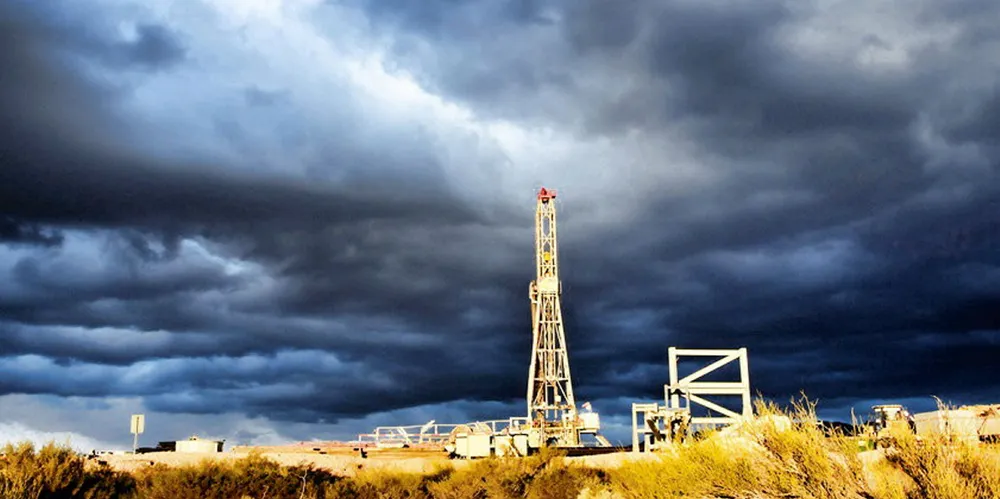Big Oil risks losing 'half a trillion dollars' in bet on short-term price signal: Carbon Tracker
Climate finance analysts warn allure of bullish current crude markets could lead to many high-risk megaprojects, including some in development by petrogiants ExxonMobil, Shell and Equinor, being stranded before coming into production
